What's A Digital Camera?
In today's fast-paced digital age, capturing moments has become an integral part of our lives. Whether it's a family gathering, a breathtaking landscape, or a candid moment with friends, the ability to preserve these memories is invaluable. This is where digital cameras come into play. They have revolutionized the way we capture and store images, offering a plethora of features and capabilities that traditional film cameras could never match. In this article, we will delve into the world of digital cameras, exploring their various types, features, and the benefits they offer to both amateur and professional photographers.
Understanding Digital Cameras
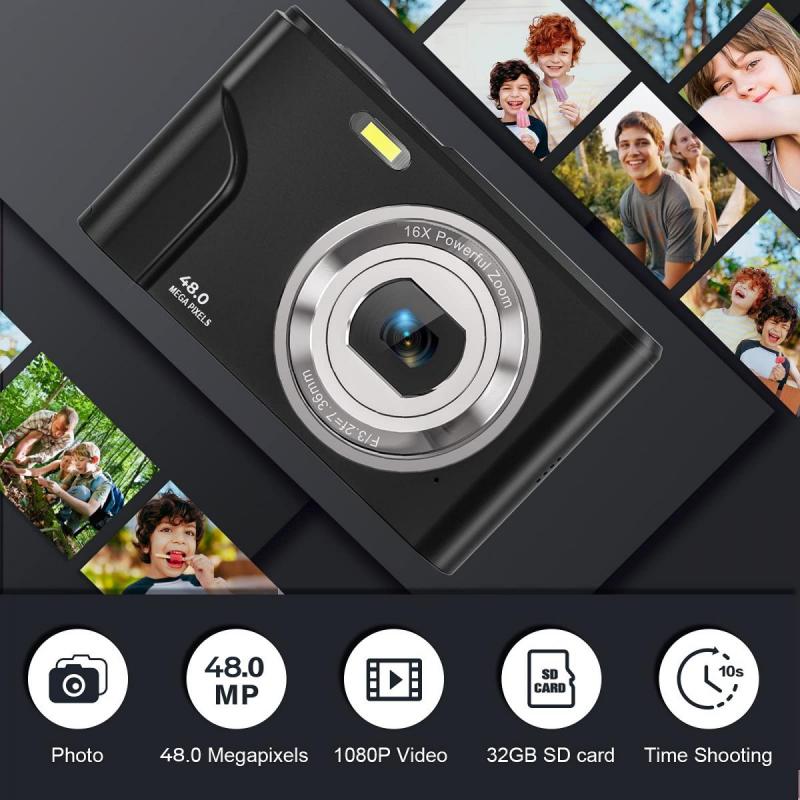
A digital camera is a device that captures photographs in digital format, as opposed to the traditional film format. This means that the images are stored electronically, allowing for easy transfer, editing, and sharing. Digital cameras use an image sensor, typically a CCD (Charge-Coupled Device) or CMOS (Complementary Metal-Oxide-Semiconductor), to capture light and convert it into digital data. This data is then processed by the camera's internal software to produce a digital image.
Types of Digital Cameras

Digital cameras come in various shapes and sizes, each designed to cater to different needs and preferences. Here are the main types of digital cameras available in the market:
1. Compact Digital Cameras (Point-and-Shoot):
- Description: These are small, lightweight, and easy-to-use cameras designed for casual photography.
- Features: They typically have fixed lenses, automatic settings, and limited manual controls.
- Ideal For: Beginners and casual photographers who want a simple, portable camera for everyday use.
2. Digital Single-Lens Reflex (DSLR) Cameras:
- Description: DSLRs are larger and more advanced cameras that use a mirror mechanism to reflect light from the lens to an optical viewfinder.
- Features: They offer interchangeable lenses, extensive manual controls, and superior image quality.
- Ideal For: Enthusiasts and professional photographers who require high performance and versatility.
3. Mirrorless Cameras:
- Description: These cameras do away with the mirror mechanism found in DSLRs, resulting in a more compact design.
- Features: They offer interchangeable lenses, electronic viewfinders, and advanced features similar to DSLRs.
- Ideal For: Photographers who want the performance of a DSLR in a more portable package.
4. Bridge Cameras:
- Description: Bridge cameras are a hybrid between compact cameras and DSLRs, offering a balance of features and performance.
- Features: They have fixed lenses with long zoom ranges, manual controls, and larger sensors than compact cameras.
- Ideal For: Users who want more control and zoom capability without the complexity of a DSLR.
5. Action Cameras:
- Description: These are small, rugged cameras designed for capturing action and adventure.
- Features: They are waterproof, shockproof, and often come with mounts for attaching to helmets, bikes, and other gear.
- Ideal For: Sports enthusiasts and adventurers who need a durable camera for capturing high-energy activities.
6. Smartphone Cameras:
- Description: While not standalone digital cameras, modern smartphones come equipped with advanced camera systems.
- Features: They offer high-resolution sensors, multiple lenses, and powerful software for editing and sharing photos.
- Ideal For: Users who want a convenient, all-in-one device for photography and communication.
Key Features of Digital Cameras
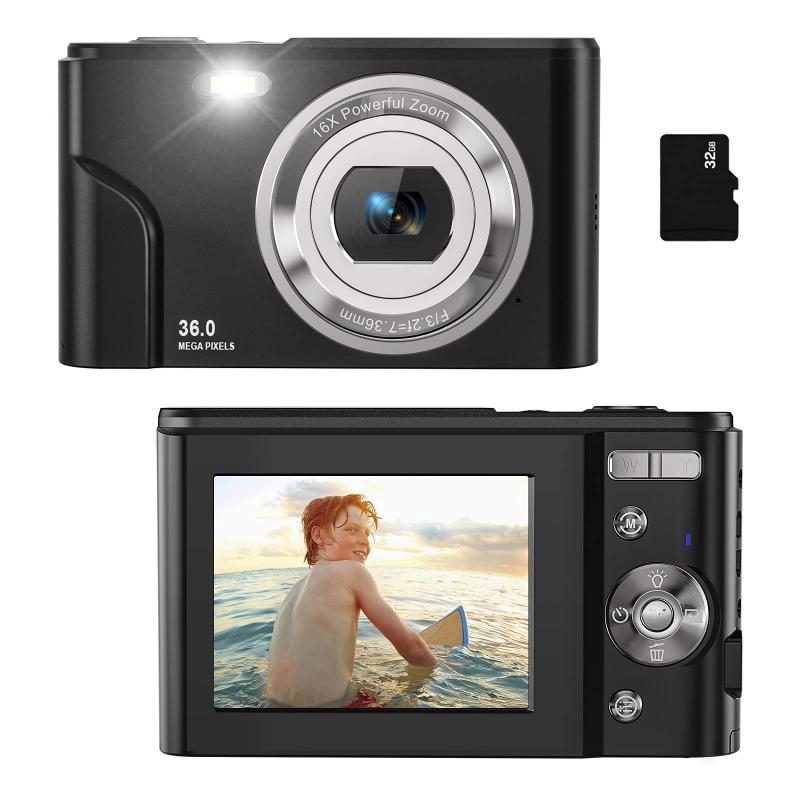
When choosing a digital camera, it's important to consider the features that will best meet your needs. Here are some key features to look for:
1. Resolution:
- Measured in megapixels (MP), resolution determines the level of detail in your photos. Higher resolution allows for larger prints and more detailed images.
2. Lens Quality:
- The quality of the lens affects the sharpness, clarity, and overall image quality. Look for cameras with high-quality lenses, especially if you plan to shoot in various lighting conditions.
3. Sensor Size:
- Larger sensors capture more light, resulting in better image quality, especially in low-light situations. Full-frame sensors are the largest, followed by APS-C and Micro Four Thirds sensors.
4. ISO Range:
- ISO measures the camera's sensitivity to light. A wider ISO range allows for better performance in low-light conditions, but higher ISO settings can introduce noise.
5. Autofocus System:
- A fast and accurate autofocus system is crucial for capturing sharp images, especially in action or low-light scenarios.
6. Image Stabilization:
- This feature helps reduce blur caused by camera shake, allowing for sharper images, particularly in low-light conditions or when using long zoom lenses.
7. Video Capabilities:
- Many digital cameras offer video recording features, with some capable of shooting in 4K resolution. Consider the camera's video capabilities if you plan to capture both photos and videos.
8. Connectivity:
- Modern digital cameras often come with built-in Wi-Fi, Bluetooth, or NFC for easy transfer of images to other devices and social media.
9. Battery Life:
- Battery life is an important consideration, especially for long shooting sessions or travel. Look for cameras with long-lasting batteries or the option to use external battery packs.
Benefits of Digital Cameras
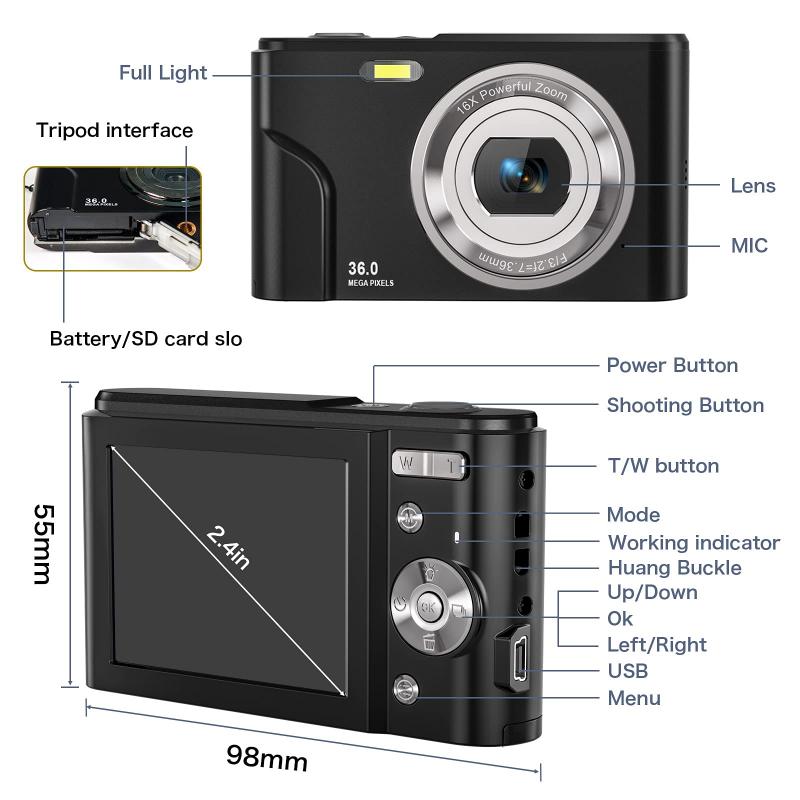
Digital cameras offer numerous advantages over traditional film cameras, making them the preferred choice for most photographers. Here are some of the key benefits:
1. Instant Gratification:
- With digital cameras, you can instantly review your photos on the camera's LCD screen, allowing you to make adjustments and retake shots if necessary.
2. Cost-Effective:
- Unlike film cameras, digital cameras do not require the ongoing expense of buying and developing film. You can take thousands of photos without any additional cost.
3. Versatility:
- Digital cameras offer a wide range of settings and features, allowing you to experiment with different styles and techniques. You can easily switch between automatic and manual modes to suit your needs.
4. Editing and Sharing:
- Digital images can be easily edited using software like Adobe Photoshop or Lightroom. You can enhance colors, adjust exposure, and apply filters to achieve the desired look. Additionally, digital photos can be quickly shared online or printed.
5. Storage and Organization:
- Digital cameras use memory cards to store images, allowing for easy organization and backup. You can store thousands of photos on a single card and transfer them to your computer or cloud storage for safekeeping.
6. Environmental Impact:
- Digital photography is more environmentally friendly than film photography, as it eliminates the need for chemical processing and reduces waste.
Digital cameras have transformed the way we capture and share our memories. With a wide range of options available, from compact point-and-shoots to advanced DSLRs and mirrorless cameras, there is a digital camera to suit every need and budget. By understanding the different types of digital cameras and their key features, you can make an informed decision and choose the best camera for your photography journey. Whether you're a casual photographer or a seasoned professional, a digital camera is an invaluable tool that will help you capture stunning images and preserve your precious moments for years to come.


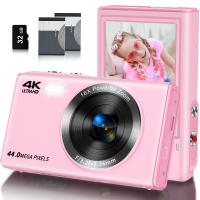

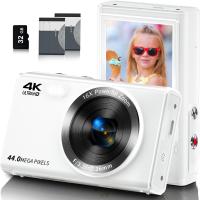
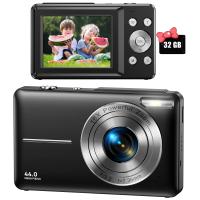
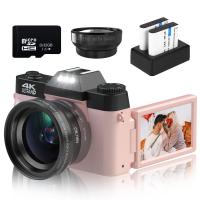
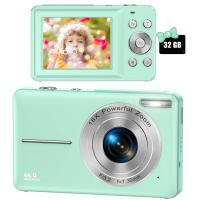
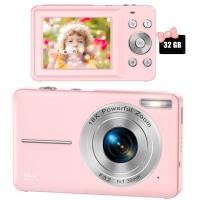
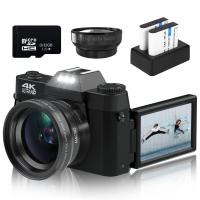
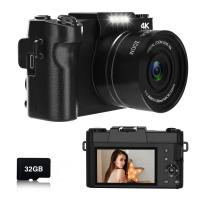





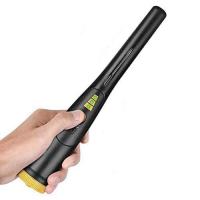

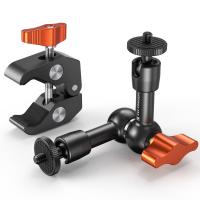
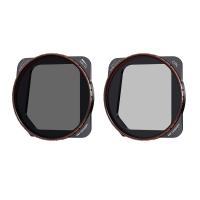

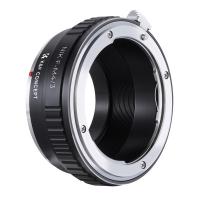
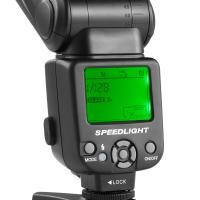

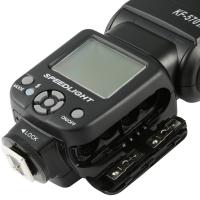
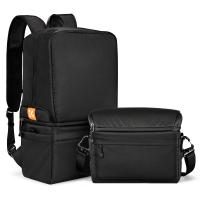

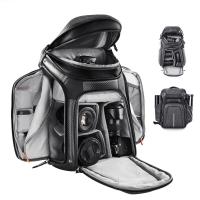
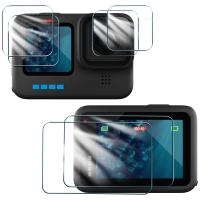

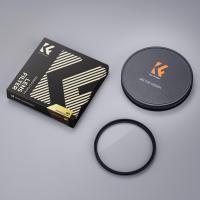


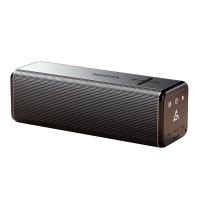
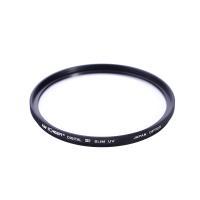
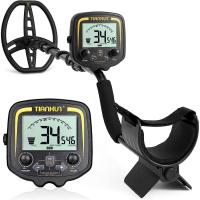
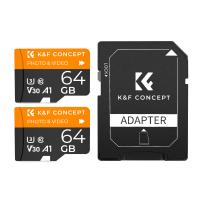
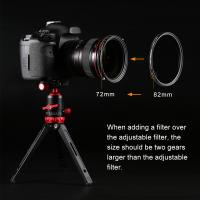
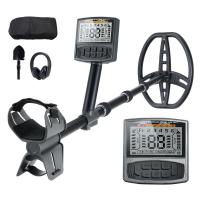


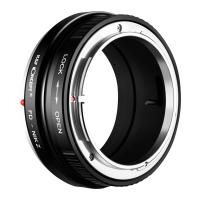
There are no comments for this blog.